
Winter is right around the corner, and that means expensive heating bills in many parts of the nation. In fact, heating living spaces accounts for about 29% of your home’s energy bills, according to the U.S. Department of Energy.
Doing all you can to cut consumption of heating fuel can have a big payoff. So, before Jack Frost comes nipping at your nose — and your wallet — here are many cheap or free things you can do to cut energy costs.
1. Program and forget the thermostat
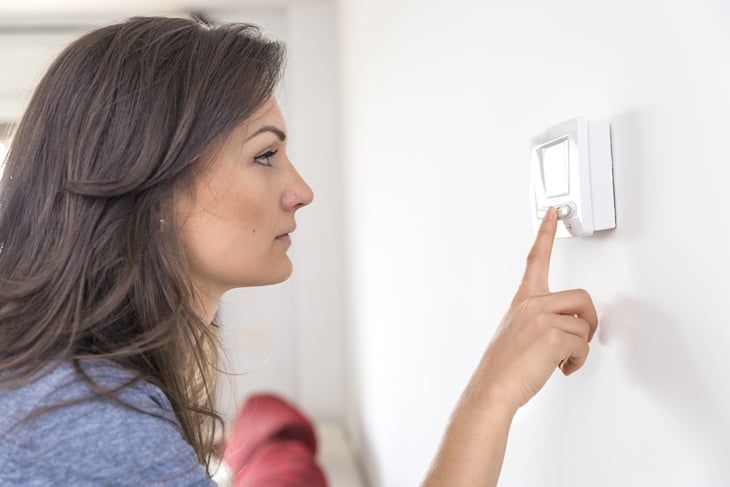
Save up to 10% a year by setting your thermostat 7 degrees to 10 degrees lower for eight hours a day, says Energy.gov. Set it and forget it while you’re asleep or out of the house by using a programmable thermostat.
2. Bundle up

It’s much cheaper to heat yourself than your entire home. By putting on a sweater, covering up the couch with cozy blankets, and adding a heating blanket to your bed for the coldest nights, you may be able to get away with leaving the temperature a little lower without sacrificing comfort.
3. Treat heat pumps differently
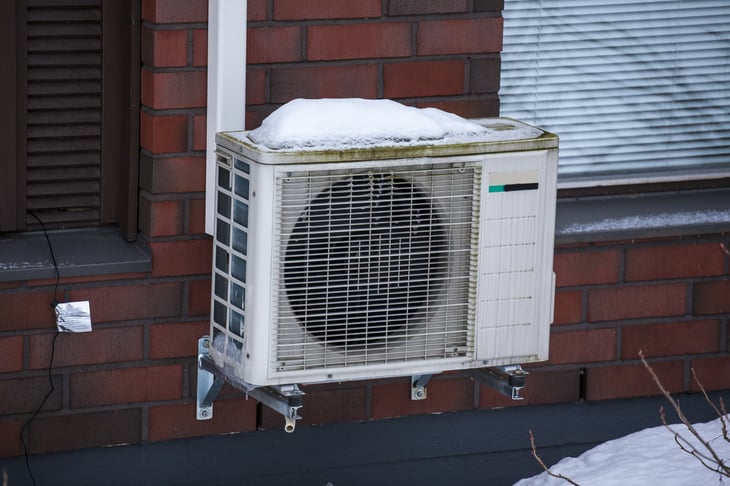
With a heat pump, big moves to lower the heat can backfire, causing the unit to work less efficiently. That can increase your costs. It’s more efficient to make minimal adjustments — think a degree or two, not 10.
“Maintaining a moderate setting is the most cost-effective practice,” says Energy.gov. “Recently, however, some companies have begun selling specially designed programmable thermostats for heat pumps, which make setting back the thermostat cost-effective.”
Another option is to program your thermostat to start letting the temperature drop before you leave or go to sleep, and to begin returning to your normal “at-home” temperature two to three hours before you expect to need it.
“This may require some guesswork at first, but with a little trial and error you can still save energy while maintaining a comfortable home,” Energy.gov says.
4. Adjust the water temperature
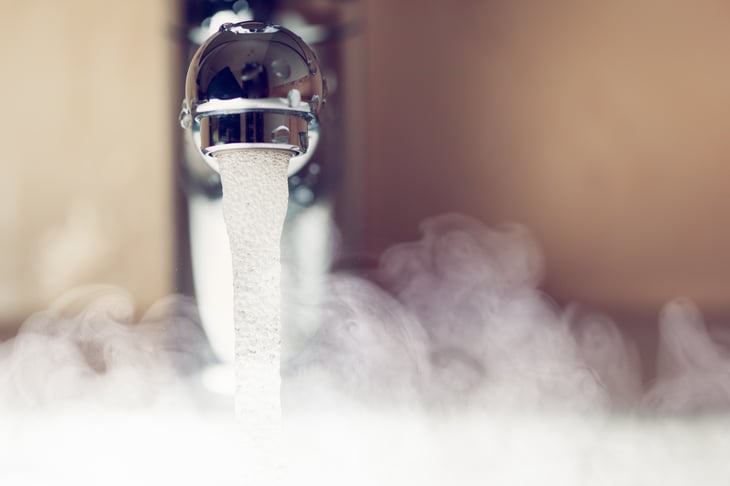
Hot water is a big energy user, around 12% of utility bills. The U.S. Department of Energy recommends keeping your water heater’s thermostat set at 120 degrees. Anything higher is unnecessary.
Every 10-degree reduction in your water heater’s thermostat can shave 3%-5% off your bill.
5. Caulk cracks and leaks
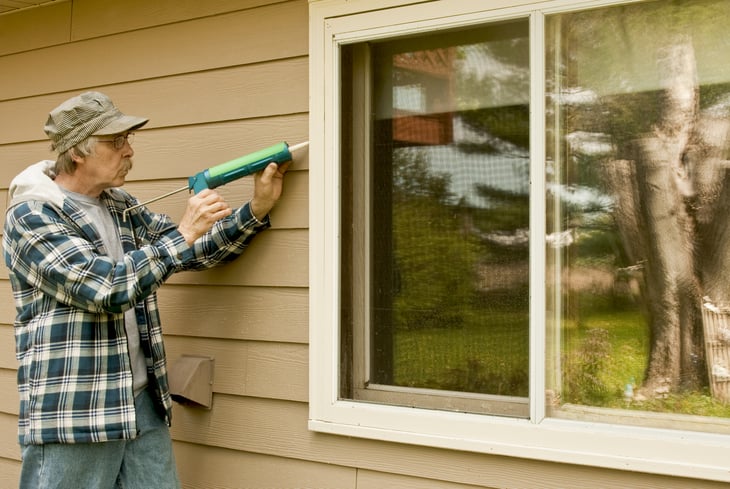
There are many places where warm air can seep out of a house, allowing cold air to creep in. Thoroughly check the interior and exterior of your home for cracks and gaps, paying particular attention to areas around chimneys, furnace flues, pipes, electrical outlets, windows and doors. Even baseboards along outside walls can be a source of cold air leaks.
Fill small leaks with caulk.
6. Bigger gaps need special attention
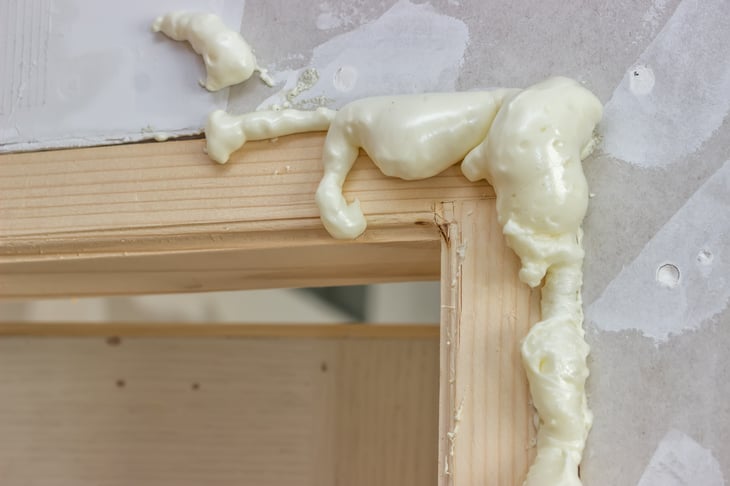
Use spray foam — find it in cans at the hardware store — to close up openings that are too big to be sealed with caulk. This is good for gaps around windows and baseboards.
7. Insulate the attic door
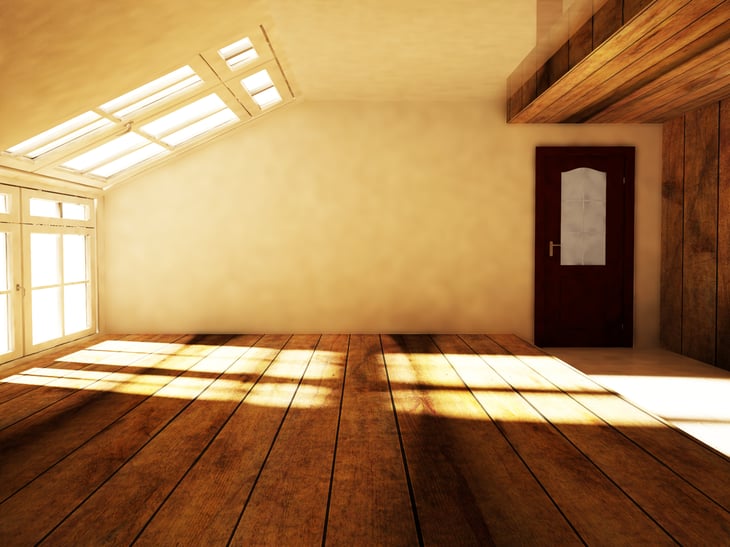
Even if your attic is insulated, it’s easy to overlook the attic door. Add a layer of insulation to the inside of the door to prevent expensively heated air from rising into the attic.
8. Shrink-wrap windows
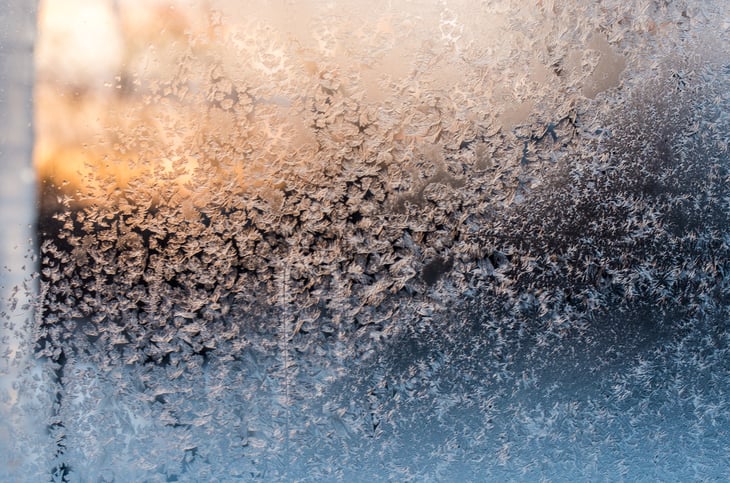
Windows — especially inefficient windows — account for a large proportion of the heat that escapes from your home as warm air is lost to the cold glass. Yet replacing windows — and even adding energy-efficient honeycomb shades or thermal lined draperies — can be prohibitively expensive.
One cheap way to reduce heat loss is to install window film. It resembles plastic wrap and helps retain heat. Lowe’s, which sells the film, says that insulating films “retain up to 55 percent of your home’s heat in winter.” The film over windows also keeps a home cooler in summer heat.
Apply it to the inside of the windows, and it can be easily removed when spring rolls around so you can open the window. See Lowe’s for application instructions.
9. Close the damper
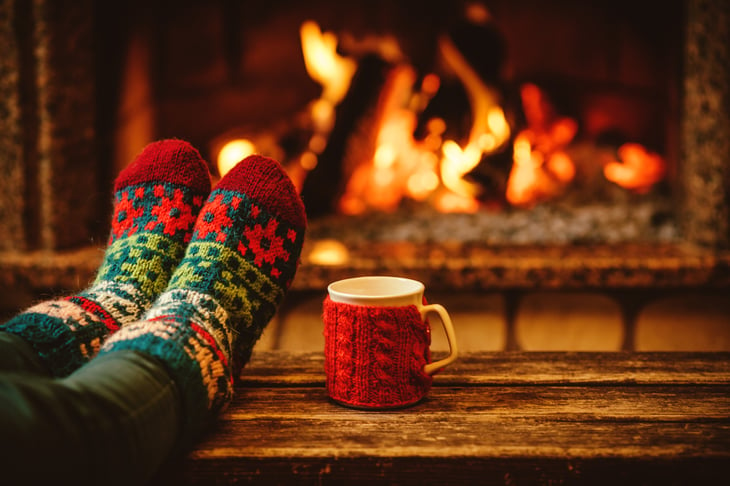
Enjoy the fireplace this winter! But when you are not using it, keep the damper closed. An open damper creates a draft, pulling air from the room and sending heat — and your money — up the chimney.
10. Use a ceiling fan correctly
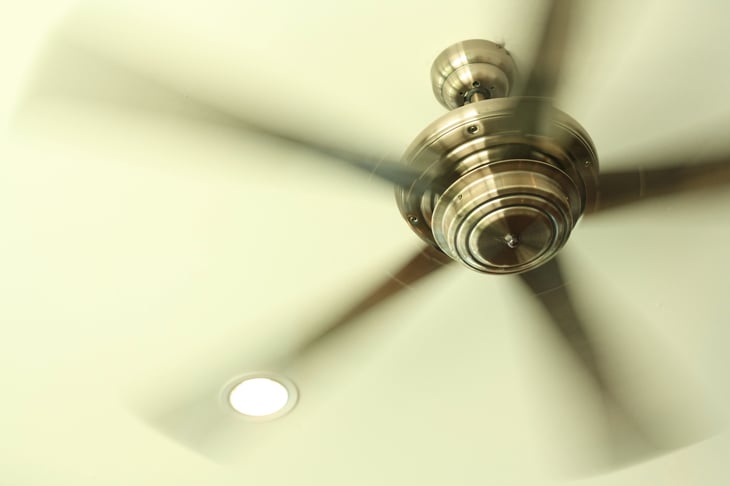
Using ceiling fans in summer can keep you cool. But most ceiling fans also have a switch so you can set the blades to rotate in reverse during the winter. This pushes the warm air near the ceiling down toward the floor to keep you warmer. You should also run the fan at a low speed.
Find this switch on the body of the fan and set the blades to turn clockwise in winter, Home Depot says. In summer, reverse the direction so the blades move counterclockwise again.
11. Change furnace filters
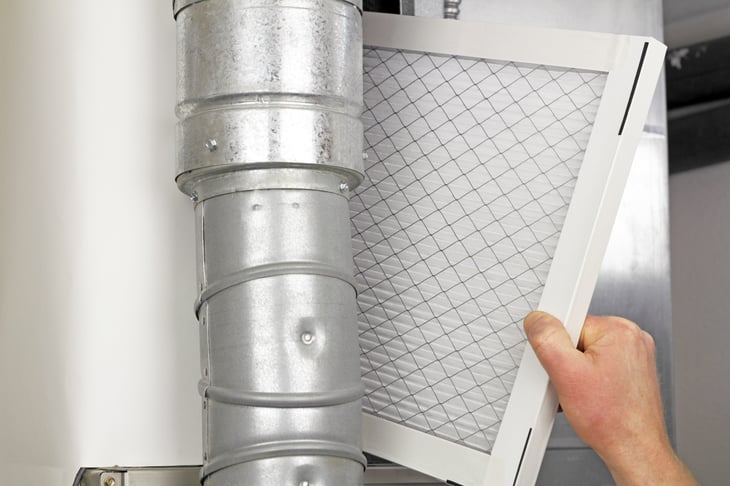
Replace furnace filters regularly — even monthly, depending on the type you buy and how much the furnace is running. Read your appliance’s manual to find the replacement schedule and type, as well as installation instructions.
12. Insulate the water heater

Wrap older water heaters in an insulating jacket to keep the heat from radiating out. This project requires about 1½ hours and around $30, but it can save you 7% to 16% in water heating costs each year.
13. Insulate water pipes
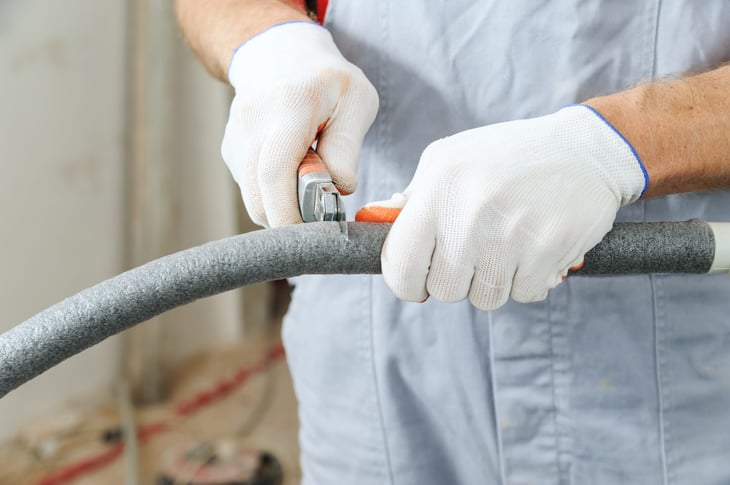
Insulating the water pipes that run from your water heater to your home’s interior can raise your water temperature by 2 to 4 degrees compared with uninsulated pipes because it reduces heat loss. As a result, you can lower the water temperature setting, saving energy.
14. Install door sweeps
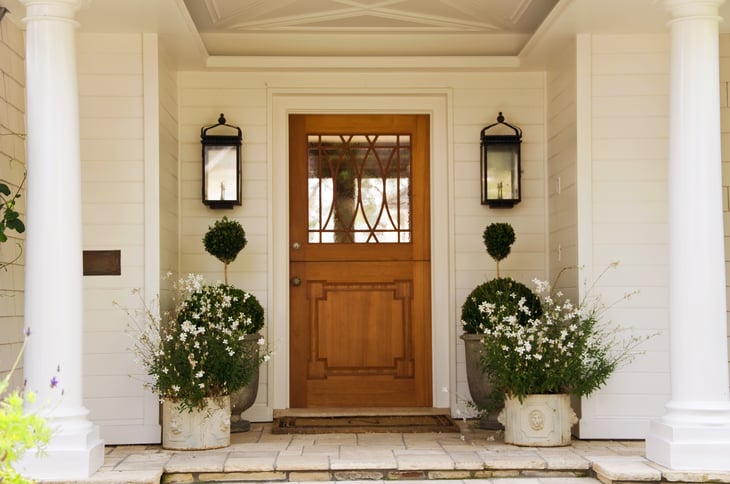
Prevent cold drafts of air from blowing in by installing a door sweep at the bottom of exterior doors.
A sweep is a flexible piece of rubber or plastic that’s held to the door’s lower edge by a strip of aluminum. Some utility companies offer them free to customers, so call to inquire before you buy one.
15. Close the drapes

Here’s a simple fix: Reduce heat loss by keeping drapes closed at night, or when the sun is not streaming in. When it’s sunny, open your blinds or drapes and let the sun’s warmth pour into your home.
16. Seal the heat ducts
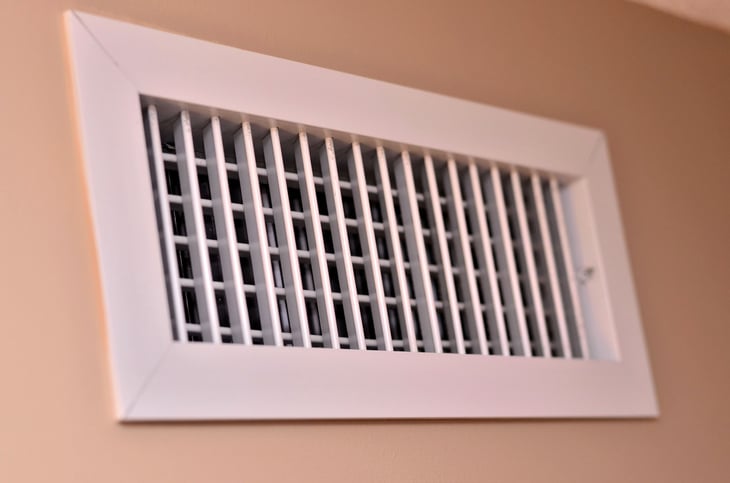
While you’re in the attic, take a look at the ducts for the heating system. Look for tears or holes and use mastic or foil tape to seal them so the ducts are as airtight as possible.
“Although minor duct repairs are easy to make, qualified professionals should seal and insulate ducts in unconditioned spaces to ensure the use of appropriate sealing materials,” Energy.gov says.
17. Insulate the basement
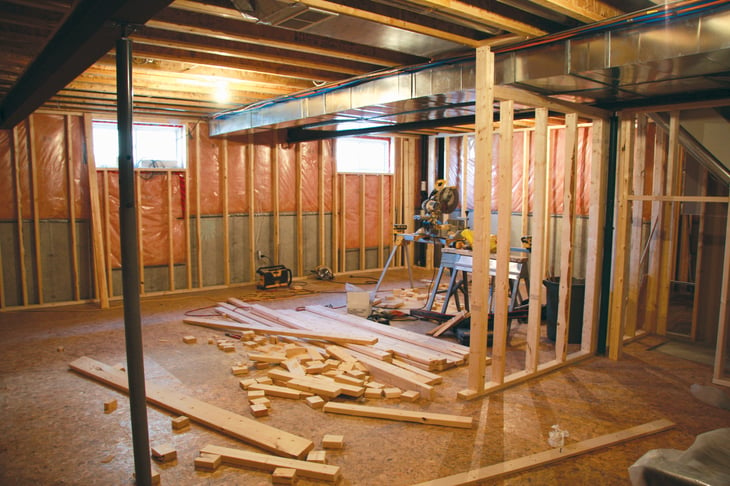
Up to 30% of a home’s heat loss can be due to an uninsulated basement, says HouseLogic. You can insulate in one of two ways:
- Treat the basement like an outdoor space by insulating only the basement ceiling, which prevents the home’s heat from escaping into the cold basement.
- Treat the basement like a room in the home, insulating the walls instead of the ceiling. As a bonus, you gain more living area by insulating and enclosing walls.
18. Insulate electric outlets
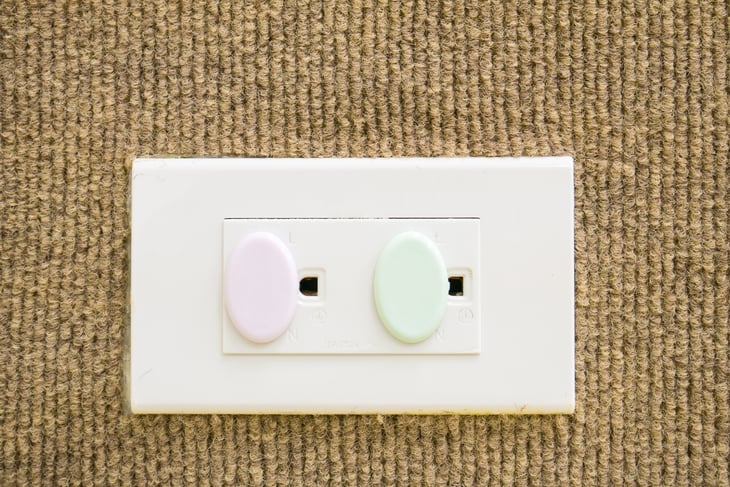
Electric outlets and switches can be sources of air leaks. Solution: Insulate them. Family Handyman shows how to do this with illustrated instructions.
Insulating is simple with premade foam gaskets — just make sure you measure the outlet before you purchase, and turn off the power at your breaker box before getting to work.
You can also put easily removable child-safety plugs in unused wall outlets to plug potential leaks.
19. Plant trees instead of burning them

As the weather gets colder, leaves fall and so do prices for trees as nurseries try to get rid of inventory.
You probably already know that trees save you money in the summer as they shade your house from the sun, keeping temperatures lower. But in winter, those same trees can work as a wind break to minimize heat losses. Check out this national tree benefit calculator to get an idea of what a few trees might do where you live.
Before you buy, check if your city has a tree program. Seattle, for instance, offers up to three free trees per household in the fall, along with workshops on planting and care. There may also be volunteers available to help you plant.






Add a Comment
Our Policy: We welcome relevant and respectful comments in order to foster healthy and informative discussions. All other comments may be removed. Comments with links are automatically held for moderation.